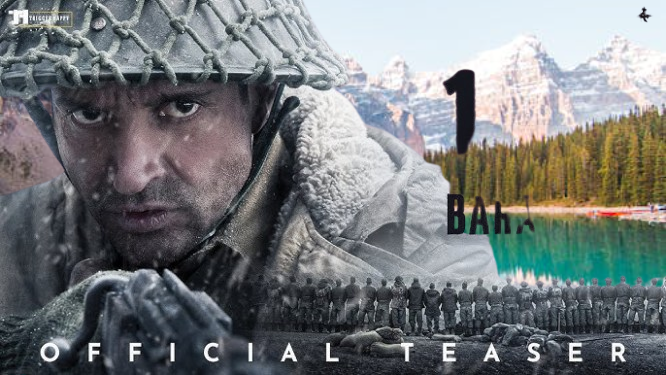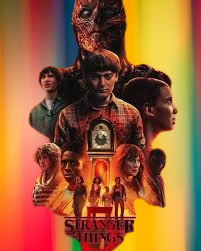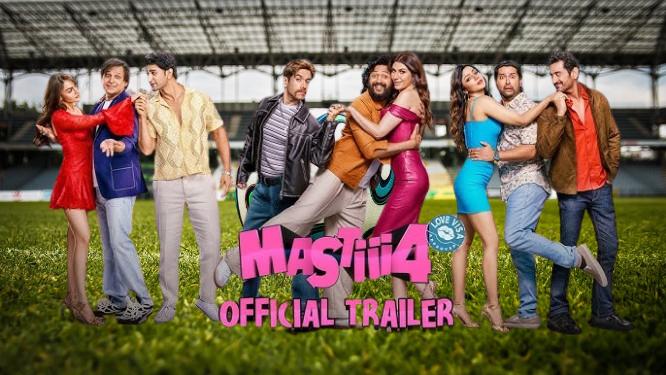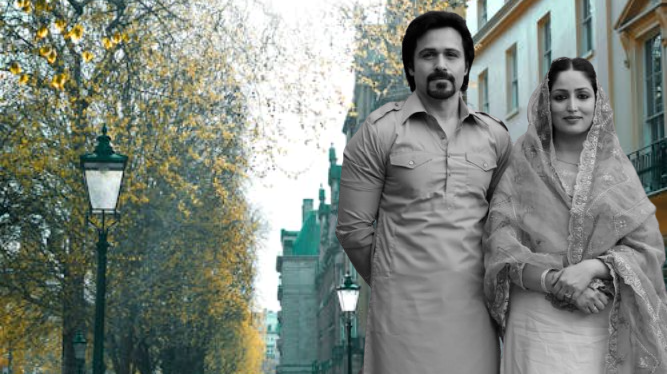First Copy Season 2 – 2025 Filmyzilla Review Details
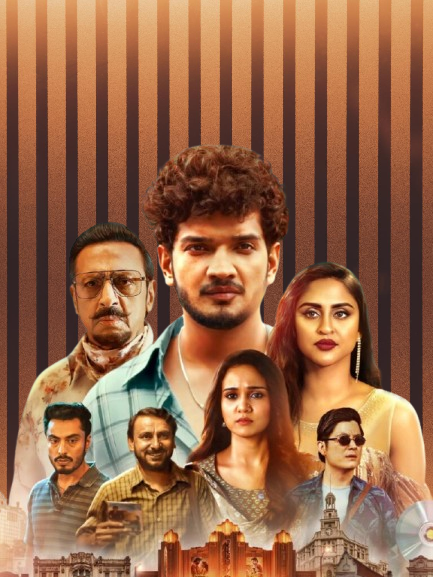
First Copy Season 2 Review (2025): Director’s Vision & Creative Style Explained
Every once in a while, I come across a series where the director’s choices feel so confident that the world almost breathes on its own. With 15 years of reviewing films and shows, First Copy Season 2 instantly struck me as one of those projects where the director’s voice is loud, clear, and deeply intentional.
Set in early 2000s Mumbai but stretching its crime network across borders, the season expands Arif’s chaotic journey with a visual and tonal maturity that comes directly from Farhan P. Zamma’s hand on the wheel.
Overall & Directorial Star Rating
| Category | Rating |
|---|---|
| Overall Season Score | 4.4/5 |
| Director’s Vision Score | 4.6/5 |
| Narrative Cohesion | 4.5/5 |
This rating’s personal—could change on the director’s cut.
Directorial Approach: A Gritty, Grounded Crime Canvas
Farhan P. Zamma treats Mumbai not just as a setting but as a living organism. As someone who’s covered countless crime dramas, I can say the pacing here is noticeably tighter and more atmospheric compared to Season 1.
Insight: Zamma anchors every twist with emotional weight.
Takeaway: Crime is a backdrop—human vulnerability is the real story.
How the Director Shapes Arif’s Arc
Arif (played by Munawar Faruqui) is still the street-smart pirate king, but this season pushes him into morally crushing terrain. Zamma uses quieter moments, lingering pauses, and emotionally loaded close-ups to highlight how ambition eats away at his humanity.
I felt the director intentionally chose slow-burn tension, reminding me of classic Mumbai crime thrillers from the late 90s.
Key Directorial Tools Used on Arif
- Long takes during moral dilemmas.
- Shadow-heavy frames for betrayal sequences.
- Minimal background score to highlight inner conflict.
- Contrast lighting to signal emotional transitions.
Insight: Arif’s silence becomes a narrative tool.
Takeaway: His growth feels organic, not forced.
Supporting Characters & How the Director Frames Them
The supporting cast gets more dimensional this season. Zamma ensures no character enters or exits without impact. Ashi Singh’s presence is soft yet fiery, while Krystle D’Souza’s Mona carries unpredictability through shifting visual tones.
| Character | Director’s Treatment | Impact on Story |
|---|---|---|
| Arif (Munawar) | Lingering emotional shots | Highlights internal battles |
| Ashi Singh | Warm, quiet frames | Adds emotional gravity |
| Krystle D’Souza | High-contrast setups | Creates tension & mystery |
| Meiyang Chang | Cold-toned visuals | Strengthens law-vs-crime dynamic |
Insight: Every character gets a visual identity.
Takeaway: Ensemble storytelling feels cohesive.
Influences & Inspirations
If you look closely, you’ll spot nods to early-2000s Bollywood gangster films and international crime dramas. I think Zamma blends Satya-style street realism with a modern streaming-era pace.
- Gritty alley shots echo Mumbai noir classics.
- Muted palettes resemble Korean crime dramas.
- Emotional stillness inspired by European character-driven thrillers.
Insight: Inspirations are subtle, not copied.
Takeaway: The show feels culturally rooted yet globally aware.
Directorial Choices Table (Pros & Cons)
| Choice | Strength | Possible Drawback |
|---|---|---|
| Slow-burn pacing | Deep character immersion | May feel slow to fast-paced fans |
| Muted visual tone | Enhances realism | Less flashy appeal |
| Character-driven drama | More emotional weight | Less room for spectacle |
| Minimalistic background score | Greater tension | Some scenes feel quiet |
Insight: Zamma favors emotional authenticity over loud drama.
Takeaway: The show values depth more than shock value.
Comparison to Director’s Past Works
Compared to earlier projects, this season feels more polished and ambitious. The framing is tighter, the emotional beats stronger, and the world-building richer.
| Element | Past Style | Season 2 Style |
|---|---|---|
| Pacing | Linear | Layered & branching |
| Character Focus | Lead-heavy | Balanced ensemble |
| Visual Tone | Bright-realistic | Muted-gritty |
| Emotional Depth | Moderate | High |
Insight: The director’s growth is clear in narrative balance.
Takeaway: Zamma is steadily shaping a signature style.
How Direction Shapes Themes of Power, Betrayal & Loyalty
The way the director builds tension between crime, ambition, and emotion is one of the strongest parts of the season. Arif’s journey moves beyond piracy into a world of international threats, and Zamma visually mirrors this expansion with wider frames and faster cuts.
- Betrayal scenes lean into tight, claustrophobic spaces.
- Romantic moments breathe with warm, long shots.
- Crime-world expansions use broad, cinematic frames.
- Emotional breakdowns rely on minimal dialogue.
Insight: Emotional cues guide the storytelling rhythm.
Takeaway: Direction ensures every plot twist feels earned.
Director’s Signature Elements
Over the last decade, I’ve noticed Zamma gravitates toward morally grey protagonists, fast-switching alliances, and grounded realism. First Copy Season 2 amplifies all three.
- Moral ambiguity — Arif’s choices are never black and white.
- Slow tension-building — scenes stretch just enough to make you uneasy.
- Grounded atmosphere — no flashy exaggeration.
- Human-driven stakes — emotions, not explosions, drive the climax.
Insight: The signature style strengthens character journeys.
Takeaway: The director prefers realism with emotional punch.
Final Director-Focused Verdict
From my 15-year vantage point, this is one of Farhan P. Zamma’s most confident works. He elevates a crime story into a layered exploration of power and vulnerability. The direction feels steady, emotionally intelligent, and visually disciplined.
If you enjoyed character-driven crime dramas, this one deserves a close watch—preferably with the lights low and your focus high.
Insight: Direction adds soul to an already strong script.
Takeaway: A grounded, emotionally rich expansion of the First Copy universe.
FAQs
How strong is the direction in Season 2?
The direction is one of its biggest strengths, with mature pacing, emotional depth, and detailed world-building.
Does the director expand the show’s universe?
Yes, the narrative moves beyond Mumbai, and the direction visually supports this broader crime landscape.
Is it worth watching for the director’s style alone?
Absolutely—if you like grounded, character-heavy crime dramas with cinematic touches.




